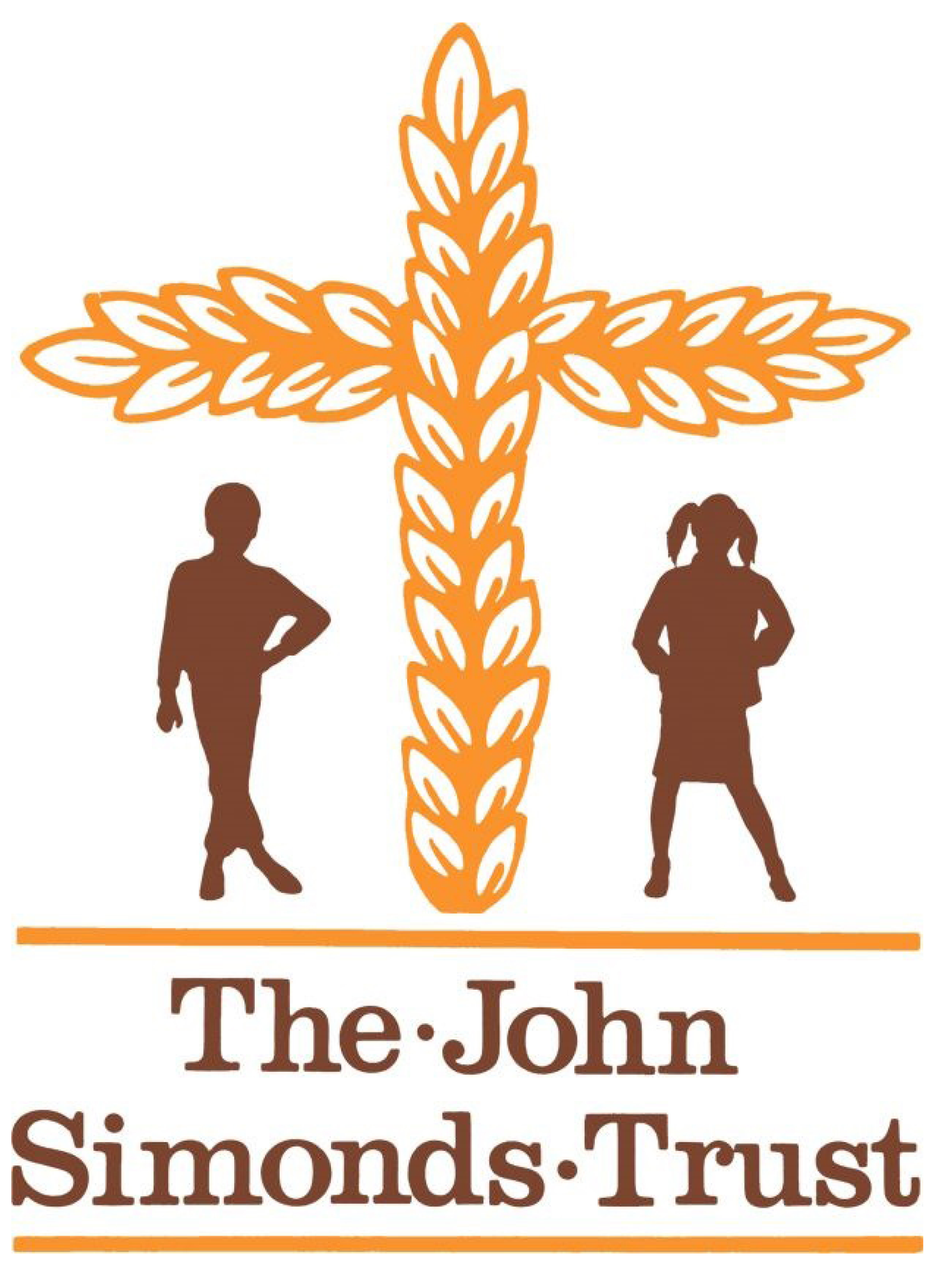Monthly Updates - September 2023
As a child in the early 1950’s we lived in the last row of houses going out of London. I remember looking out of the window on a warm, misty, spring morning and being captivated by the sight of four men, each with horse and roller, rolling in the newly sown wheat. Later that year, when the crop of wheat was fully grown, a cutter and binder threw the freshly cut sheaves of corn onto the ground. This was followed by a burly man who set the first two sheaves together. As 7/8-year-olds we did the rest, or that’s what it felt like, making stooks of eight sheaves to dry in the late summer sun. These were then carted back to the farm and built into ricks or stored in barns. During the winter the thrashing machine would come round to each farm to beat the grain out of the ears and sieve it from the straw and chaff. Lots of people were involved, and even then it was nearly all manual labour. Today’s combine, based on the same principles as the thrashing machine, does all that work at once. The grain is then carted away for storage, leaving the straw in neat rows ready for baling, or it may be chopped and spread behind the combine to improve the soil fertility. Combine harvesters are now highly sophisticated machines with specialist tracking equipment, and very comfortable for the driver. This means they come with a hefty price tag,
Twenty-five years ago, we removed the corrugated iron sheets from the roof of Rushall Barn, restored the timber and thatched the roof. The straw came from Stratfield Turgis. Traditional varieties of wheat, with a long, strong straw are needed, just like the varieties which made sheaves when I was a boy. As modern, efficient combines crush the straw while extracting the grain they leave it no good for thatching. With 300 acres to cut, this specialist farmer uses a combine to strip the heads off the crop, leaving the straw standing. The straw is then cut with a cutter binder and made into bales ready for storage and selling for thatching.
And guess what? It is time to rethatch the barn again, with straw from the same farm. Work starts in late October. Do come and have a look!

